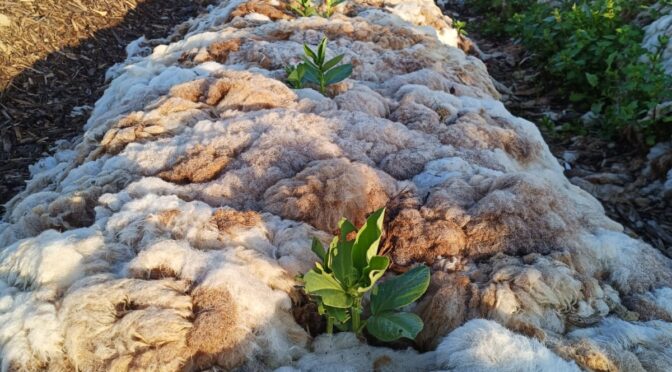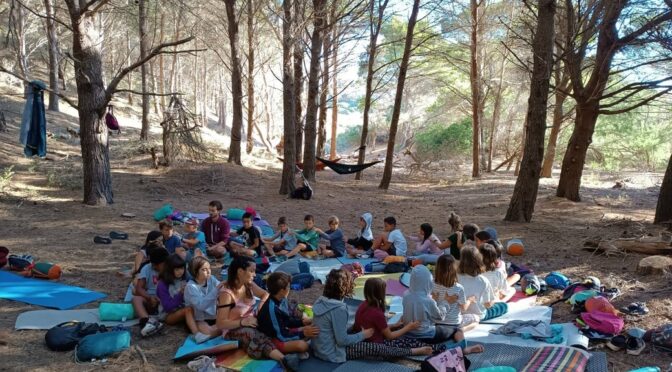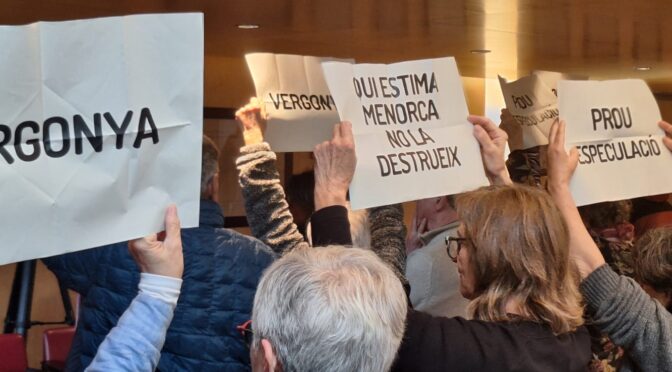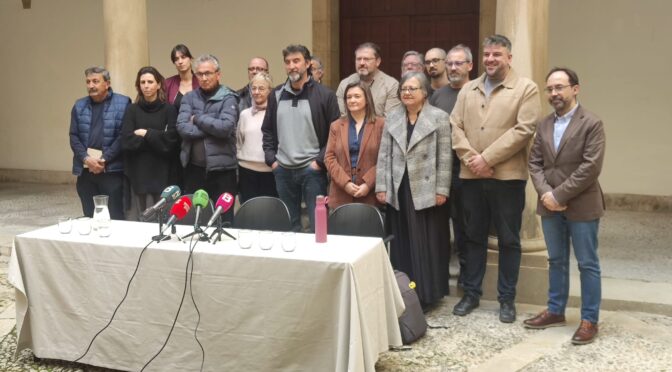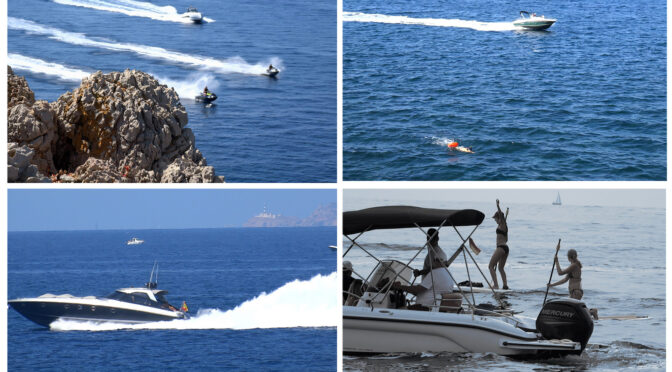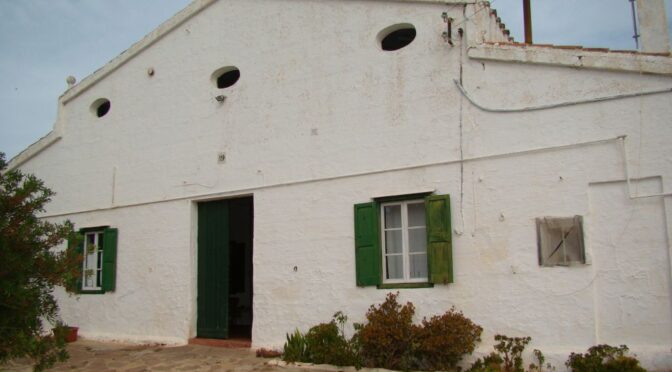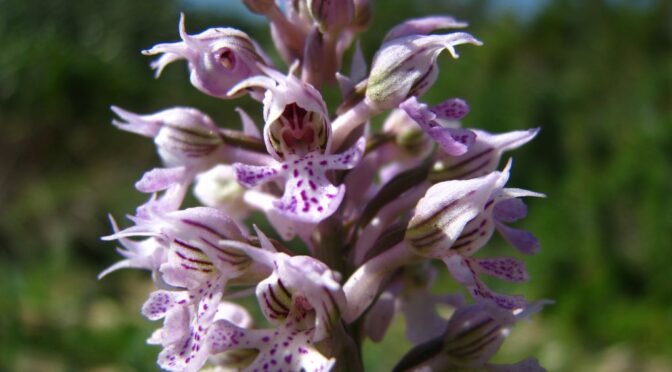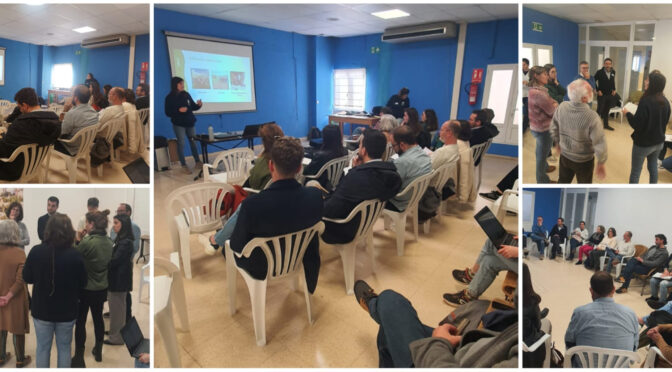Views: 1180
Our Mediterranean environment is not a primeval space. For over a million years, the first hominids have passed through these lands, leaving behind the mark of a species uniquely capable of transforming the places it inhabits.
That is why our landscapes are the result of both the primordial nature that shaped them—geology, climate, biology—and the decisions made by our ancestors at different points in history.


